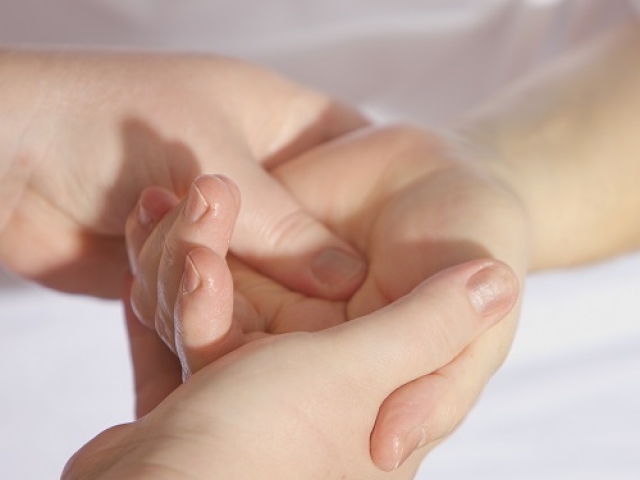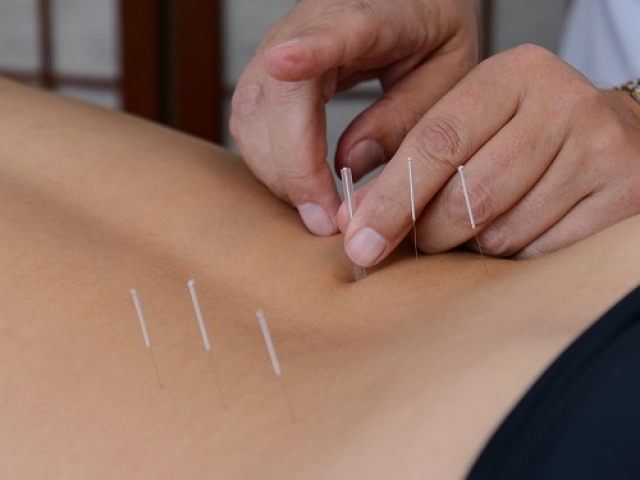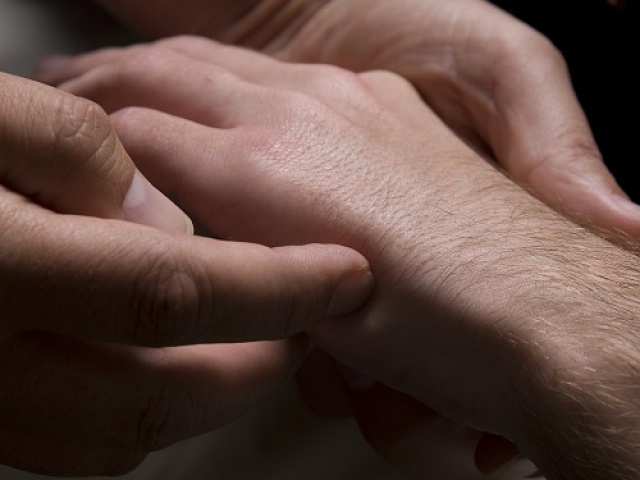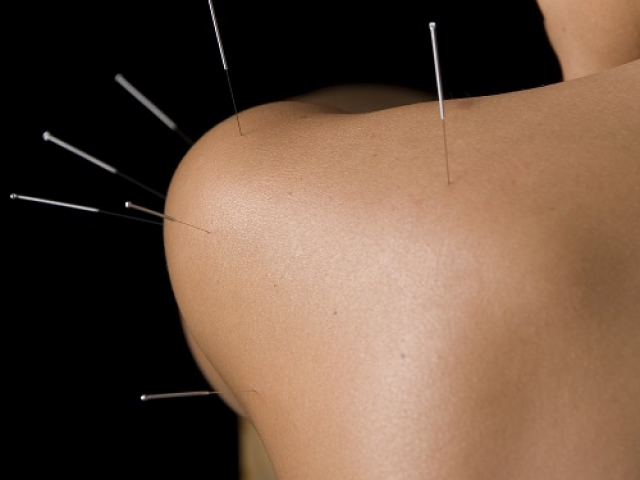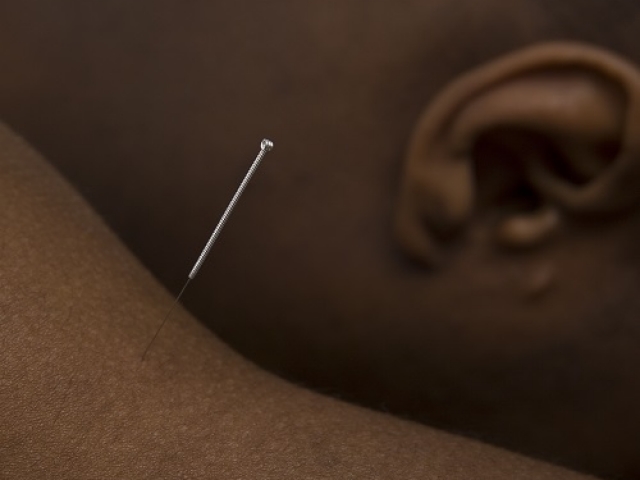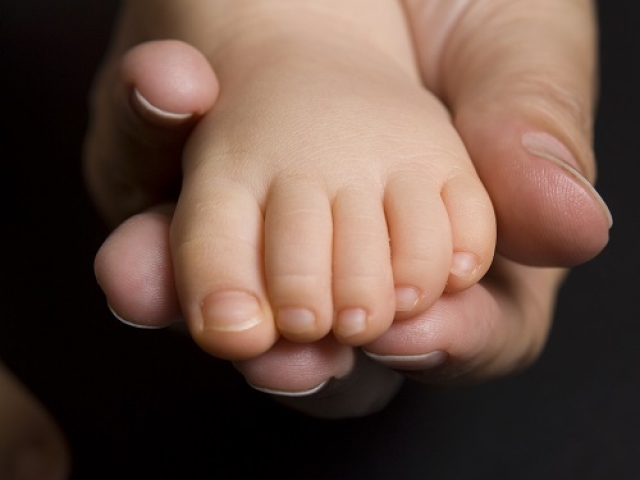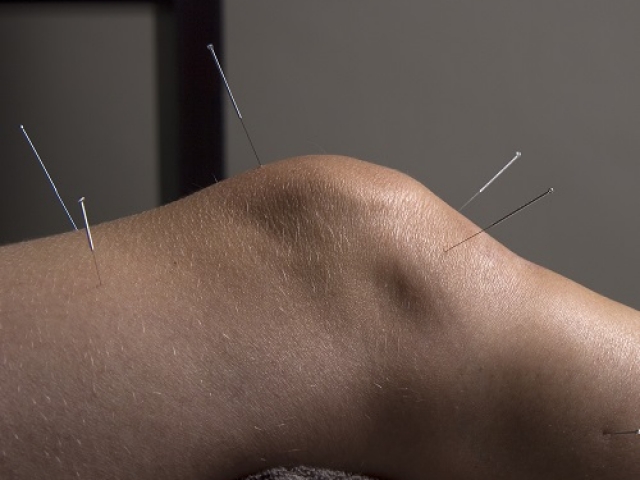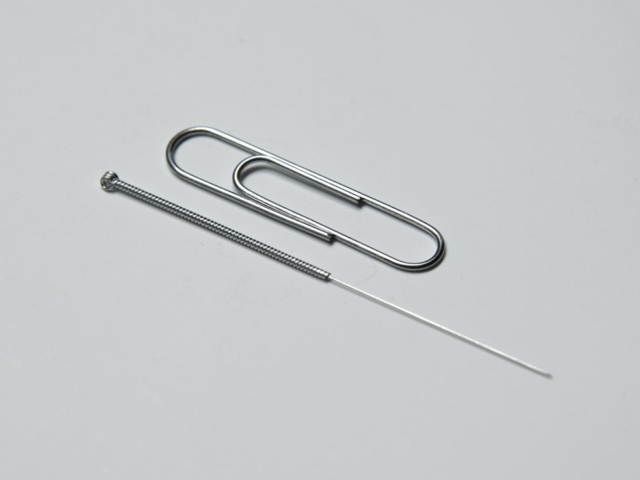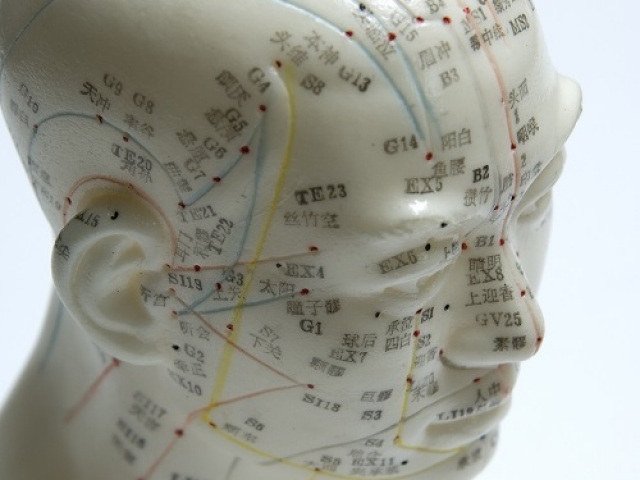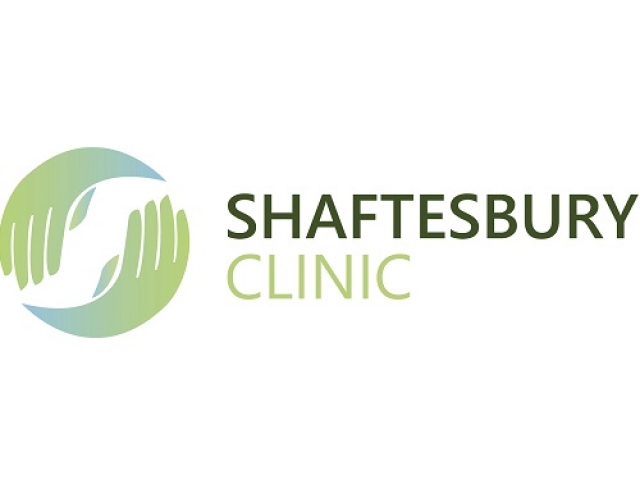Addictions Acupuncture (NADA protocol)
The treatment of addictions must be done under the supervision of a suitably qualified medical professional, such as a GP, psychiatrist or consultant (doctor). The NHS link is here. The protocols described here can be used as an adjunct to this, if your doctor feels this is appropriate, and are not to be considered as an alternative to this.
The NADA, or National Acupuncture Detoxification Association protocol is a set of 5 acupuncture points on the ear (also known as auricular acupuncture), which has been used in medical settings and detoxification clinics since the 1970’s, when it was developed in Hong Kong, it has since been developed as an adjunctive approach to many conditions involving addictions.
Carter et al, (2011, n=100), if the Winthrop University (USA) used the NADA protocol in the Keystone Substance Abuse Services setting, for patients with alcohol, drug and tobacco use, and followed them up at 3 and 6 months. Participation in NADA was found to improve patients’ Quality of Life Enjoyment and Satisfaction Questionnaire (Q-LES), engender feeling better about themselves and improved energy, improve their likelihood of employment upon discharge, decrease alcohol use at 3 month and 6 month follow up, and the NADA group reported less tobacco use at 6 months, all of these were statistically significant to the p<0.05, decreased alcohol intake at 6 months being even more significant p<0.01. A larger sample size and further follow up would be of benefit in future studies.
A review of the literature (Stuyt et al, 2016) concluded that there was a range of small, but positive studies in this area of research, and mounting evidence in the area.
Whilst the initial development was for substance abuse, it has latterly been proposed as a possible approach for other issues, and research is ongoing for these, including; food addiction and obesity (Chen at el, 2018); nicotine addiction / smoking (Leung, 2012) as well as trauma and PTSD (post traumatic stress, Cronin and Conboy, 2013), and disaster relief efforts (Cole and Yarberry, 2011; Yarberry, 2010).
Case Study Video on Trauma in London:
Acupuncturists (MBAcC) Rachel Peckham and Samina Haider set up an acupuncture NADA group in a Mosque in London in the aftermath of the Grenfell Tower tragedy, for trauma application: There is an informative video about this from the British Acupuncture Council showing the NADA protocol in action in a group setting, and patients discussing the treatment: BAcC auricular (NADA) video the background and uses are also discussed.
References
Carter, K.O., Olshan-Perlmutter, M., Norton, H.J. and Smith, M.O., 2011. NADA acupuncture prospective trial in patients with substance use disorders and seven common health symptoms. Medical Acupuncture, 23(3), pp.131-135.
Chen, J.A., Chen, J.A., Lee, S. and Mullin, G., 2018. Potential role for acupuncture in the treatment of food addiction and obesity. Acupuncture in Medicine, 36(1), pp.52-55.
Cole, B. and Yarberry, M., 2011. NADA training provides PTSD relief in Haiti. Deutsche Zeitschrift für Akupunktur, 54(1), pp.21-24.
Cronin, C. and Conboy, L., 2013. Using the NADA Protocol to Treat Combat Stress-Induced Insomnia: A Pilot Study. Journal of Chinese Medicine, (103).
Leung, L., Neufeld, T. and Marin, S., 2012. Effect of self-administered auricular acupressure on smoking cessation–a pilot study. BMC complementary and alternative medicine, 12(1), p.11.
Stuyt, E.B. and Voyles, C.A., 2016. The National Acupuncture Detoxification Association protocol, auricular acupuncture to support patients with substance abuse and behavioral health disorders: current perspectives. Substance abuse and rehabilitation, 7, p.169.
Yarberry, M., 2010. The Use of the NADA Protocol for PTSD in Kenya. Deutsche Zeitschrift für Akupunktur, 53(4), pp.6-11.



